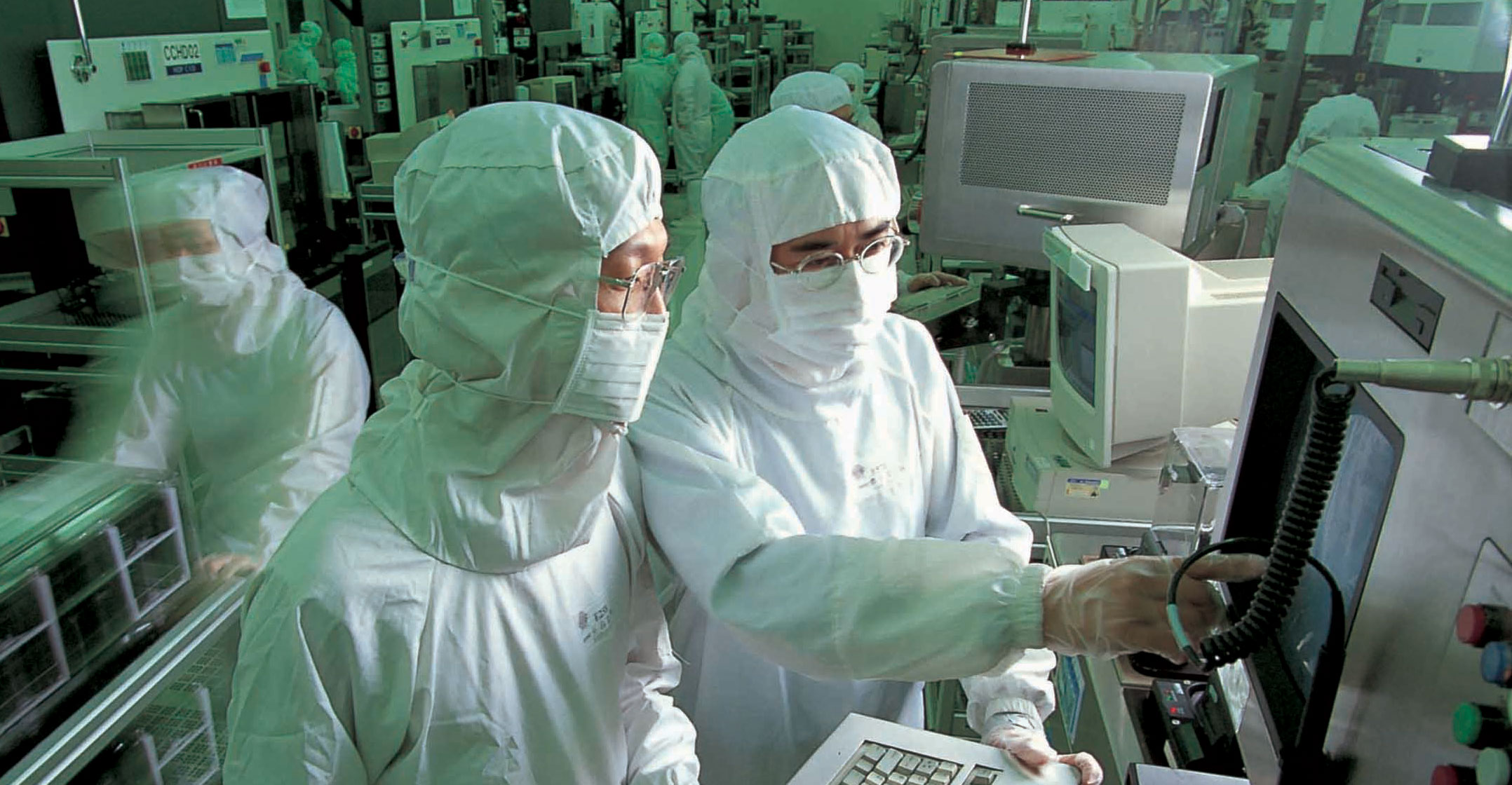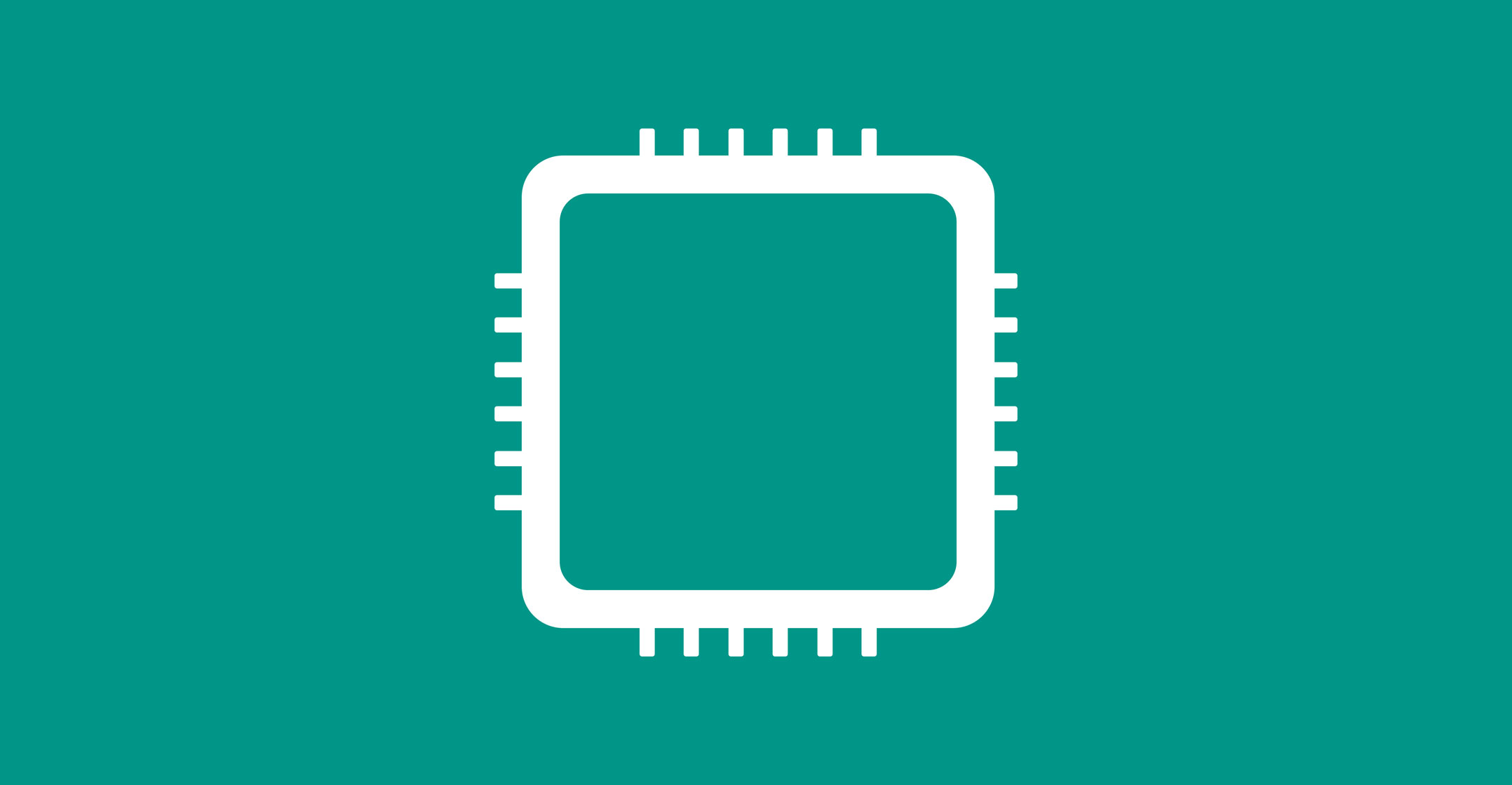![]() To understand why the US$450-billion semiconductor industry has lurched into crisis, a helpful place to start is a US$1 (R15) part called a display driver.
To understand why the US$450-billion semiconductor industry has lurched into crisis, a helpful place to start is a US$1 (R15) part called a display driver.
Hundreds of different kinds of chips make up the global silicon industry, with the flashiest ones from Qualcomm and Intel going for $100 to more than $1 000 apiece. Those run powerful computers or the shiny smartphone in your pocket. A display driver is mundane by contrast: Its sole purpose is to convey basic instructions for illuminating the screen on your phone, monitor or navigation system.
The trouble for the chip industry — and increasingly companies beyond tech, like car manufacturers — is that there aren’t enough display drivers to go around. Firms that make them can’t keep up with surging demand, so prices are spiking. That’s contributing to short supplies and increasing costs for LCD panels, essential components for making televisions and laptops, as well as cars, aeroplanes and high-end refrigerators.
“It’s not like you can just make do. If you have everything else, but you don’t have a display driver, then you can’t build your product,” says Stacy Rasgon, who covers the semiconductor industry for Sanford C Bernstein.
Now the crunch in a handful of such seemingly insignificant parts — power management chips are also in short supply, for example — is cascading through the global economy. Car makers like Ford, Nissan and Volkswagen have already scaled back production, leading to estimates for more than $60-billion in lost revenue for the industry this year.
Going to get worse
The situation is likely to get worse before it gets better. A rare winter storm in Texas knocked out swathes of US production. A fire at a key Japan factory will shut the facility for a month. Samsung Electronics warned of a “serious imbalance” in the industry, while Taiwan’s TSMC said it can’t keep up with demand despite running factories at more than 100% of capacity.
“I have never seen anything like this in the past 20 years since our company’s founding,” said Jordan Wu, co-founder and CEO of Himax Technologies, a leading supplier of display drivers. “Every application is short of chips.”
The chip crunch was born out of an understandable miscalculation as the coronavirus pandemic hit last year. When Covid-19 began spreading from China to the rest of the world, many companies anticipated people would cut back as times got tough.

“I slashed all my projections. I was using the financial crisis as the model,” says Rasgon. “But demand was just really resilient.”
People stuck at home started buying technology — and then kept buying. They purchased better computers and bigger displays so they could work remotely. They got their kids new laptops for distance learning. They scooped up 4K televisions, game consoles, milk frothers, air fryers and immersion blenders to make life under quarantine more palatable. The pandemic turned into an extended Black Friday online extravaganza.
Car makers were blindsided. They shut factories during the lockdown while demand crashed because no one could get to showrooms. They told suppliers to stop shipping components, including the chips that are increasingly essential for cars.
Then, late last year, demand began to pick up. People wanted to get out and they didn’t want to use public transportation. Automakers reopened factories and went hat in hand to chip makers like TSMC and Samsung. Their response? Back of the line. They couldn’t make chips fast enough for their still-loyal customers.
Himax’s Jordan Wu is in the middle of the tech industry’s tempest. On a recent March morning, the bespectacled 61-year-old agreed to meet at his Taipei office to discuss the shortages and why they are so challenging to resolve. He was so eager to talk that the interview was scheduled for the same morning it was requested, with two of his staff joining in person and another two dialling in by phone. He wore a mask throughout the interview, speaking carefully and articulately.
Driver ICs
Wu founded Himax in 2001 with his brother Biing-seng, now the company’s chairman. They started out making driver ICs (integrated circuits), as they’re known in the industry, for notebook computers and monitors. They went public in 2006 and grew with the computer industry, expanding into smartphones, tablets and touch screens. Their chips are now used in scores of products, from phones and televisions to cars.
Wu explained that he can’t make more display drivers by pushing his workforce harder. Himax designs display drivers and then has them manufactured at a foundry like TSMC or United Microelectronics. His chips are made on what’s artfully called “mature node” technology, equipment at least a couple generations behind the cutting-edge processes. These machines etch lines in silicon at a width of 16 nanometers or more, compared to 5nm for high-end chips.
The bottleneck is that these mature chip-making lines are running flat out. Wu says the pandemic drove such strong demand that manufacturing partners can’t make enough display drivers for all the panels that go into computers, televisions and game consoles — plus all the new products that companies are putting screens into, like refrigerators, smart thermometers and car entertainment systems.
 There’s been a particular squeeze in driver ICs for automotive systems because they’re usually made on 8-inch silicon wafers, rather than more advanced 12-inch wafers. Sumco, one of the leading wafer manufacturers, reported production capacity for 8-inch equipment lines was about 5 000 wafers a month in 2020 — less than it was in 2017.
There’s been a particular squeeze in driver ICs for automotive systems because they’re usually made on 8-inch silicon wafers, rather than more advanced 12-inch wafers. Sumco, one of the leading wafer manufacturers, reported production capacity for 8-inch equipment lines was about 5 000 wafers a month in 2020 — less than it was in 2017.
No one is building more mature-node manufacturing lines because it doesn’t make economic sense. The existing lines are fully depreciated and fine-tuned for almost perfect yields, meaning basic display drivers can be made for less than a dollar and more advanced versions for not much more. Buying new equipment and starting off at lower yields would mean much higher expenses.
“Building new capacity is too expensive,” Wu says. Peers like Novatek Microelectronics, also based in Taiwan, have the same constraints.
That shortfall is showing up in a spike in LCD prices. A 50-inch LCD panel for televisions doubled in price between January 2020 and this March. Bloomberg Intelligence’s Matthew Kanterman projects that LCD prices will keep rising at least until the third quarter. There is a “a dire shortage” of display driver chips, he said.
Aggravating the situation is a lack of glass. Major glass makers reported accidents at their production sites, including a blackout at a Nippon Electric Glass’s factory in December and an explosion at AGC Fine Techno Korea’s factory in January. Production will likely remain constrained at least through the northern hemisphere summer this year, display consultancy DSCC co-founder Yoshio Tamura said.
Price hikes
On 1 April, I-O Data Device, a major Japanese computer peripherals maker, raised the price of its 26 LCD monitors by ¥5 000 on average, the biggest increase since they began selling the monitors two decades ago. A spokeswoman said the company can’t make any profit without the increases due to rising costs for components.
All of this has been a boon to Himax’s business. Sales are surging and its stock price has tripled since November.
But the CEO isn’t celebrating. His whole business is built around giving customers what they want, so his inability to meet their requests at such a critical time is frustrating. He doesn’t expect the crunch, especially for automotive components, to end any time soon.
“We have not reached a position where we can see the light at the end of tunnel yet,” Wu said. — Reported by Debby Wu and Takashi Mochizuki, (c) 2021 Bloomberg LP




